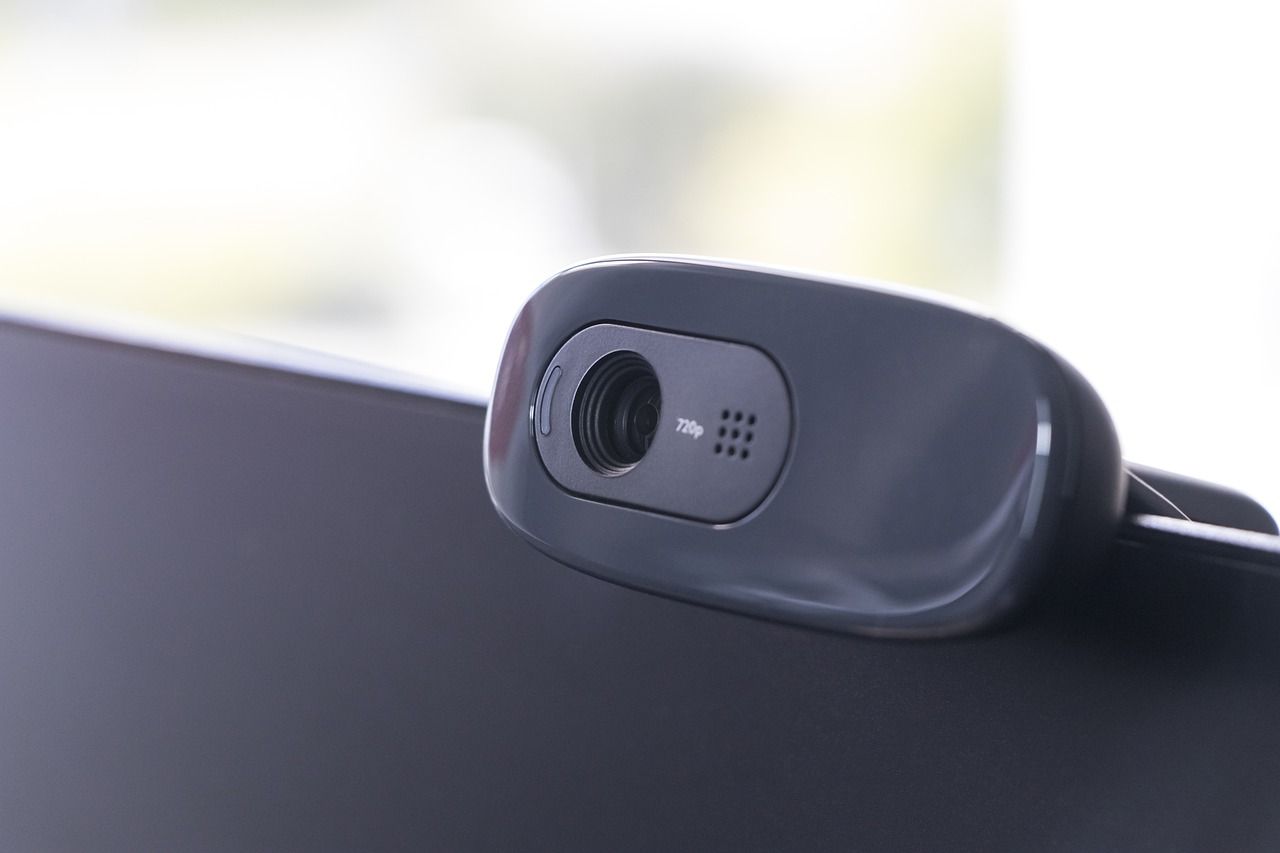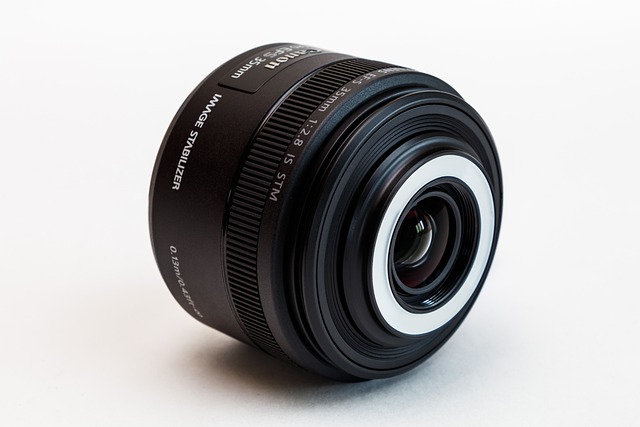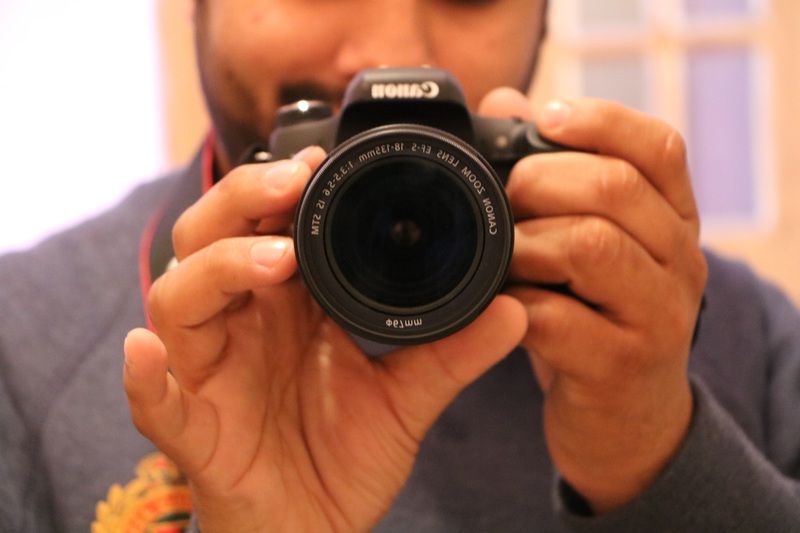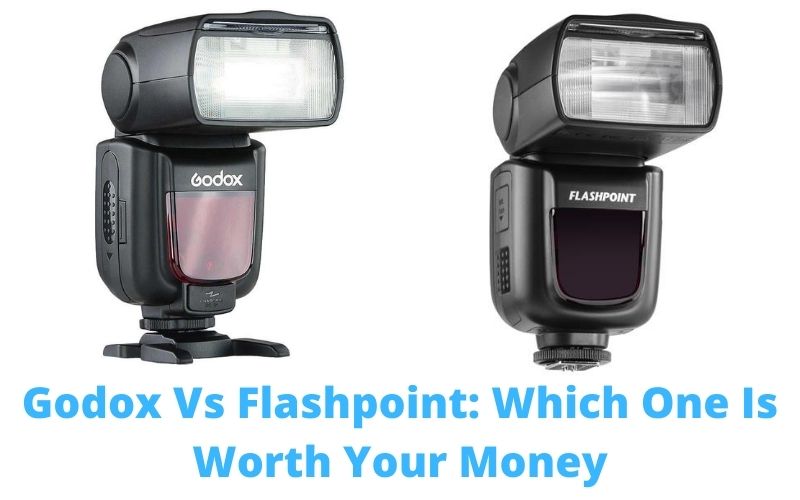The precision of grinding the lens or making the comparison between Sigma vs Nikon Lenses is still necessary which requires the highest-quality expertise, however in reality, in recent years, computers and other technology have reduced the distance between high-priced lenses and mid-priced lenses.
Sigma Art lenses are simply quick-opening lenses that create extremely sharp pictures. They are so sharp that you look closely at the slightest information, without visual impediments. The Sigma art line is classified in wide-angle lenses into the following groups.
Nikon has the same bayonet mount that hasn’t modified since 1959, dubbed the Nikon-F mount! Both lenses can also be supplemented by film SLR, DX and FX bodies.On all nikon cameras all Nikon lenses will be operated perfectly.
Sigma vs Nikon Lenses: The Grounds of Comparison
- One way to find strong lenses is to see how many advanced lenses are used. Lenses from Nikkon and Canon differ based on cost since they are for cheaper lenses. Various, often confusing, names and letters are class-specific.
- Although they’re not necessarily the best lenses in the world, with notable exceptions, but they are much less costly than the finest lenses. The fact that Canon and the Nikkon are now producing excellent lenses is ($5,500 for a Leitz lens is not unusual).
- Off-brand or third-party firms such as Tokina, Tamron or Sigma manufacture some decent lenses, but fewer lenses are very high, and not necessarily much cheaper than their completion – but on average they are shops.
- While some of its lenses are not fine, even for money, it is always at least equal and perhaps better than the quality of photographs taken with most of these lenses are passable. However the propensity to get what you pay for, so you always have to more than double the cost to gain the last 15 per cent of lens output.
- This topic is a lot more. For eg, a 35mm lens that is equivalent to another 35mm lens must have identical requirements to the other lens.
- They need to be close in pace, among other things. How rapidly a lens is or how quickly it operates in dim light. The consistency of the off-market lens is just one aspect instead of focusing light. The two characteristics are not inherently relevant to the consistency of the lens.
- During sunlight, two lenses which do about the same thing will perform under available light indoors and after sunset. Even if the “lower” lens is superior in the medium lighting conditions to that which happens reasonably frequently, an F 1.4 35mm lens appears to be significantly more costly than a 2.8 lens, whatever the brand.
The Similarities Between Sigma and Canon
Finally, in building quality and, say, resistance to heat or moisture, two lenses that are theoretically similarly efficient can be extremely different. Often only this can be explained by the disparity between prosumer lenses and professional lens, or camera bodies.
With lenses from third parties, quality manufacture is also not only their features and specimens but also less costly. The level of construction is not only outstanding but often sometimes better than the non-brands, often much greater than names such as major arms like Nikon or Canon.
Points to be Noticed While Choosing the Suitable One:
- Your analysis has to be completed. You would have to understand what lenses are measured like distortion, vignetting, acuity over the area, meaning in contrast with the centre of the shot.
- Some of these variations of measurement are far from important, others may create major differences, partially depending upon what you take pictures of and under what circumstances.
- There are lens coatings, which use rare nanocrystals in some of the best lenses. This can impact colour aberration or flare on the consistency of the shadow detail.
- The consequence of lenses quality, the commitment to perfection and the cost of materials are all these concerns.
Sigma vs Nikon Lenses: Which one should you Go for?
While some people have had some quality management difficulties using some Sigma lenses at an early age, the same is true with early Nikon lenses. But the quality of Sigma lenses has increased dramatically in the last twenty years to the extent.
And their best lenses often are comparable to Nikon’s best lenses, with very little exception. Sigma also rated Nikon prices with an often-large margin in those few cases.
Sigma and Nikon develop and commercialize more than one “quality level” lens line. Sigma has sold both a regular lens line and a higher quality and a significantly more costly lens division called “EX” until recently. Recently, the designations ‘ART’ and ‘Games’ have been changed from the EX designation for the top lenses.
As far as customer service is concerned, both Sigma and Nikon provide outstanding repair service in my own opinion, with Sigma being a smaller organization and therefore more customized.
Sigma vs Nikon Lenses: Head to Head comparison
- In certain lens features, Nikon is slightly above Sigma, but for these Nikon extras, you pay even more and get only small upgrades that most consumers don’t have.
- Sigma lenses were not so widely used at major sporting events long ago by experienced photographers, but Sigma is now very popular in such events. If pro shooters with great photos use Sigma lenses, that tells them a lot about their quality.
- Most lens makers (whether or not they sell cameras) have various lens sizes, different construction qualities (both lens frame, engine, lenses, etc.), different specs (opening, etc.) and of course different costs. They have different types of lens.
- As I know, in general, Canon’s or Nikon’s highest-end lenses may not be as good as Sigma’s top lenses but at a higher price, because it still reflects a balance between how much you can spend and what you get. Sigma lenses in the mid and lower areas will be compared more equally with the Nikon and Canon lens in terms of consistency and price.
The Comparison at a Glimpse
|
Bottom Line
If possible, try the lens in person, to verify the way you are doing it, the weight, the balance, the focus speed, how solid it can be in addition to picture consistency (which can be seen in certain websites), before purchasing a certain lens. These characteristics are as critical in the long term as the lens image quality.
As far as customer service is concerned, both Sigma and Nikon provide outstanding repair service in my own opinion, with Sigma being a smaller organization and therefore more customized. Hope, this article gave you enough details on Sigma vs Nikon Lenses comparison and make your task easier to have your hand on the best one.






